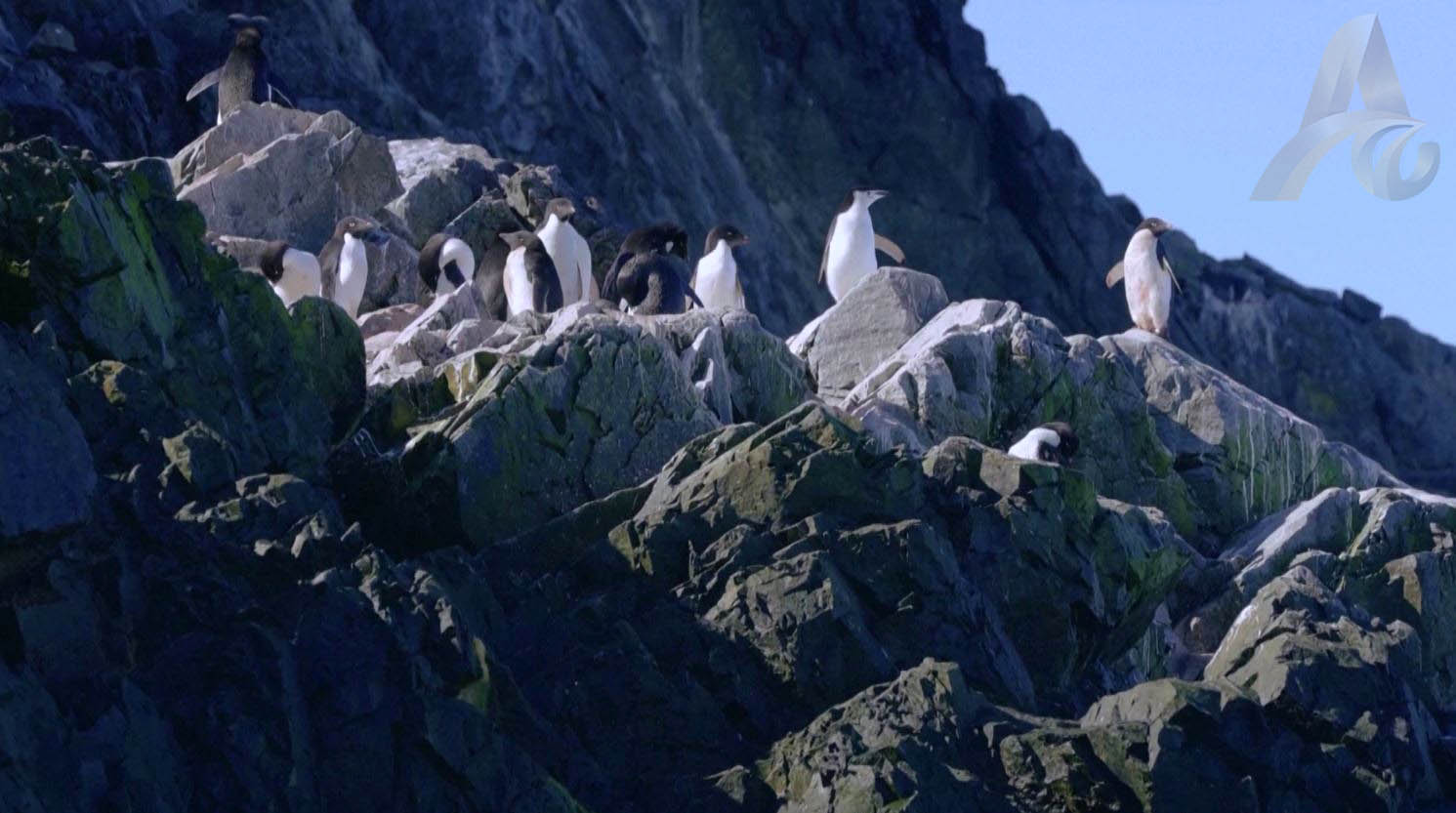
On Penguin Awareness Day , 20 January, Scientists Look at How Climate Change Impact Their Numbers
INTERNATIONAL: Scientists investigating the impact of climate change on Antarctica's penguin populations have discovered some species declining as a result of disappearing sea ice, while others are increasing due to rising temperatures.
Two of those on the front lines of Antarctica's changing climate were Alex Borowicz and Michael Wethington, researchers from United States' Stony Brook University. Their investigation came as the world marks penguin awareness day on Thursday, January 20.
The researcher in Polar Ecology at Stonybrook University, Alex Borowics says ; “Penguins are a sentinel species, they are one of the most visible species here in Antarctica which means that we can reliably check on the health and wellbeing. We come back to the same penguin populations as often as possible trying to understand how those populations change over time. And to do that we are basically counting penguin nests to understand how many penguins are in a colony, producing chicks every year, and whether that number is going up or down with the environmental conditions nearby."
Antartica may be at the bottom of the world, but it is sort of at the frontlines of climate change.
They are primarily focusing on two types of penguin: the Adelie, which prefers colder, icier conditions, and the Gentoo, more adapted to warmer conditions.
On Saturday ,January 15, the researchers have discovered a new gentoo penguin colony on Andersson Island, to the eastern side of the Antarctic Peninsula, one of the southmost records for Gentoo penguins breeding on this side of the Peninsula.
Scientists there are interested in finding the abundance levels and population overall of a variety of penguin populations have changed.
The Adelie penguin which has a really sort of Tuxedo-like image, they're very cute and very proper looking.
Adelie penguins typically know that sea ice is nearby and whenever scientists see ice declining or disappearing altogether then they are seeing corresponding penguin population of Adelies decline substantially.
The other species that researchers are really interested in are gentoo penguins. Gentoo penguins have a bright red beak, sort of a bright orange red beak, and a really cute white patch on the top of their heads. They're sweet as a button, and just wonderful to work around.
Gentoo penguins are more tolerant to warmer conditions that lack really heavy sea ice. Researchers see this as a case where species that in the face of climate change and a warming region of Antarctica, their populations are actually sort of dramatically increasing.
While we still have penguins existing and not going to extinction as a result of climate change this gives the researchers and scientists really unique opportunity to both identify locations within Antarctica that are really important for establishing marine protected areas.
Marine protected areas are crucial for preserving and conserving the species around the planet and certainly in the ocean and where we should place MPAs and what we are protecting we need to be able to do science on the ground. Penguin science for a start but also science related to all of the other species out in the ocean.
While changes have come rapidly to parts of Antarctica, with the western side among one of the fastest warming places on the planet, it is hoped that the eastern side, especially the area closer to the Weddell sea, could prove a safe haven for cold-loving Adelie penguins.
By contrast in the west, collapses in some penguin populations have already been recorded.
The scientists will be carrying out more research in the coming days to investigate further whether penguin populations are changing in the eastern Antarctic.






















